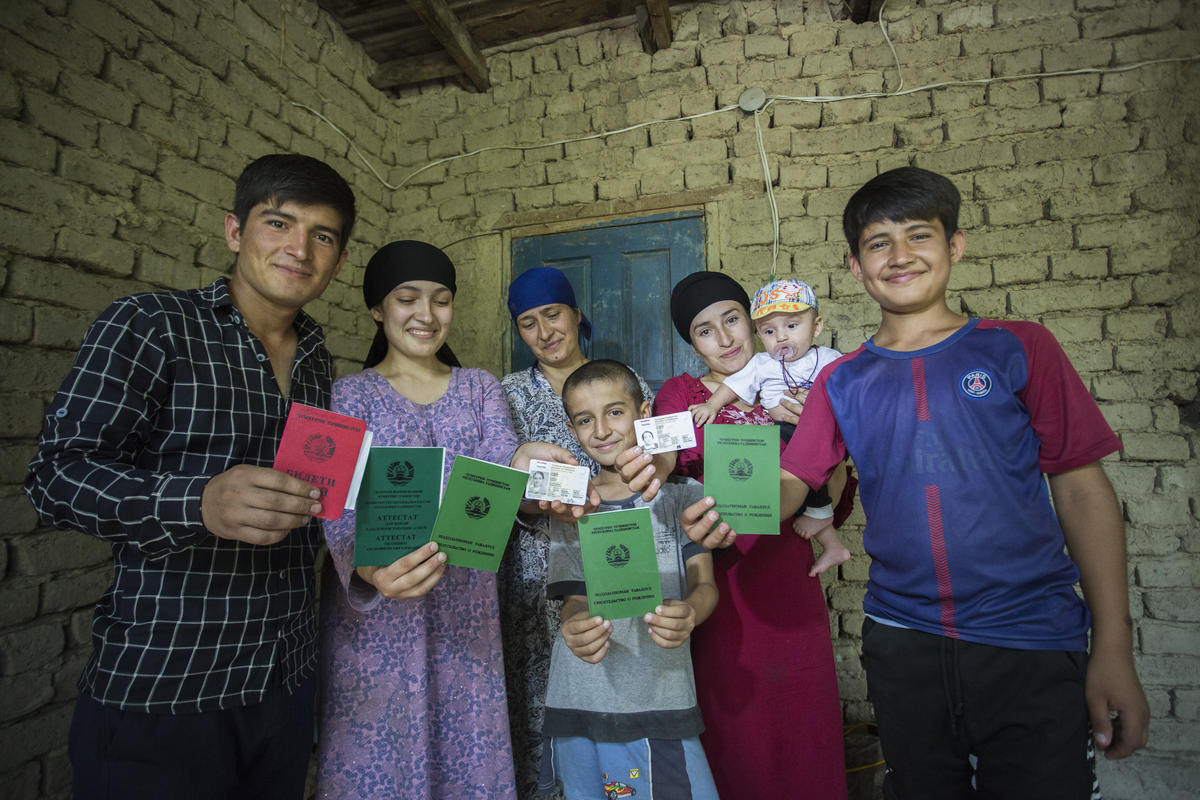UNHCR lauds the Philippines for new mechanism to protect refugees and stateless people
UNHCR lauds the Philippines for new mechanism to protect refugees and stateless people
MANILA, 6 November 2012 (UNHCR) - The United Nations High Commissioner for Refugees today hailed the Philippines for being the first country in the Asia Pacific to establish a procedure to protect both refugees and stateless people.
The Department of Justice of the Philippines recently published a circular that enhanced its current system of determining refugee status and put in place a procedure to know whether a person is stateless. The new procedure takes effect today and is an important step to ensure the Philippines meets its obligations under the 1954 Convention relating to the Status of Stateless Persons, which it ratified last year, the first ASEAN member state to do so.
The new mechanism is a testament to the genuine humanitarian spirit in the Philippines, said Bernard Kerblat, UNHCR Representative in the Philippines. This unified approach provides the widest possible protection net for refugees and the stateless in the most effective way.
Refugees and stateless people are protected under Philippine law. With the new procedure, there is a way to unify refugees with extended family members such as grandparents. Asylum-seekers have the right to a lawyer and interpreter during the process, and they cannot be deported while undergoing the procedure, ensuring respect for international law.
Other safeguards to protect asylum-seekers and refugees were integrated in the procedure, such as special measures for unaccompanied children.
The refugees and stateless persons are the most vulnerable, Philippine Justice Secretary Leila de Lima said in a statement.
They fall easily through the cracks of our system. Consider the challenge of having no government to safeguard your rights. You have no government that will ensure yours and your familys physical security, she added.
The procedure to ascertain if a person is stateless adopted key recommendations of UNHCR. Focusing on stateless migrants, the procedure allows applications to be made regardless of immigration status, and guarantees the right to an interview, lawyer and interpreter. It shares common features with the refugee process.
The 1954 Statelessness Convention establishes a legal status for stateless people to ensure that they can live in conditions of security and dignity until they are able to acquire a nationality. It is particularly useful for addressing the situation of stateless migrants who might otherwise be bounced from one country to another and end up in long-term detention or destitution because no one wishes to take responsibility for them.
The Philippines became the first state in the region to create such a mechanism, joining Moldova and Georgia as the third in the world to fulfill its pledge, made during a meeting of states last year, to establish a statelessness determination procedure.
The government also formed a unit dedicated to protecting both refugees and stateless people with its own budget resources and allowing it to coordinate with agencies to reduce and prevent statelessness. A former group handled asylum claims only.
Welcoming the development of good practice for refugee and stateless persons protection, Kerblat said, The Philippines is really a shining and unique - yet at times insufficiently acknowledged -example of humanitarianism especially in the region.
For information, please contact:
- In Manila: F. Tom Temprosa, UNHCR External Relations Associate, [email protected], mobile +63 916 7129031.









